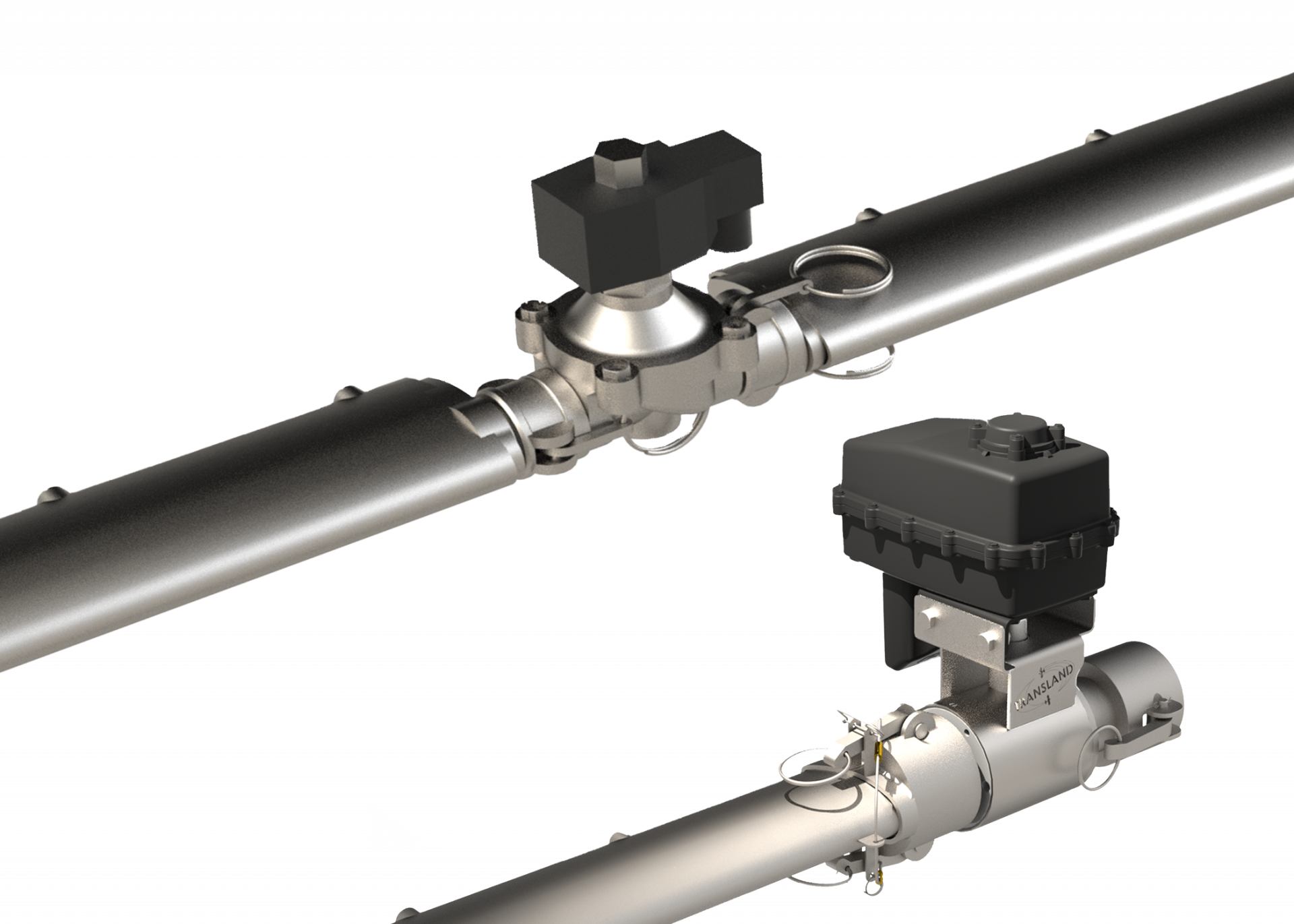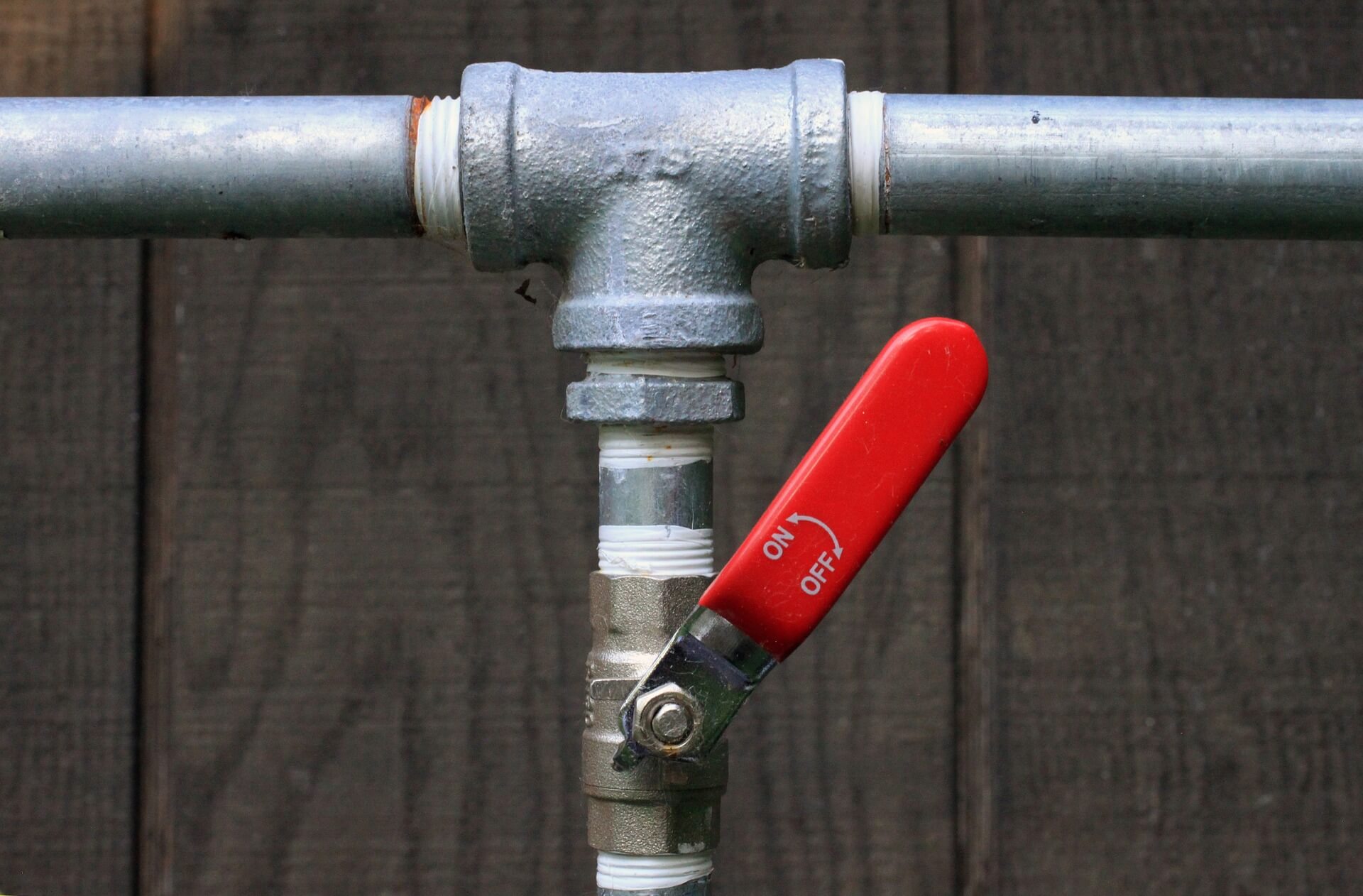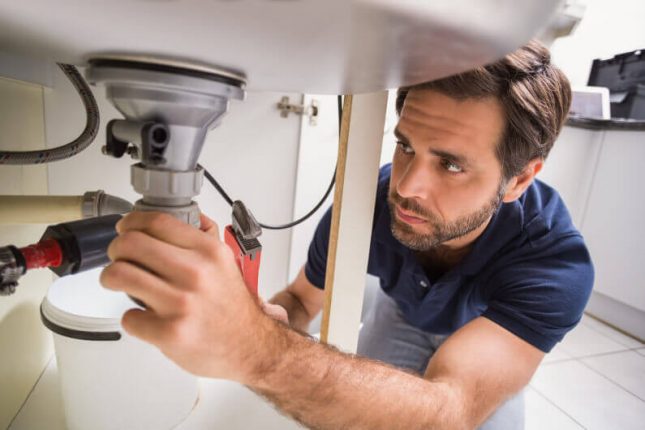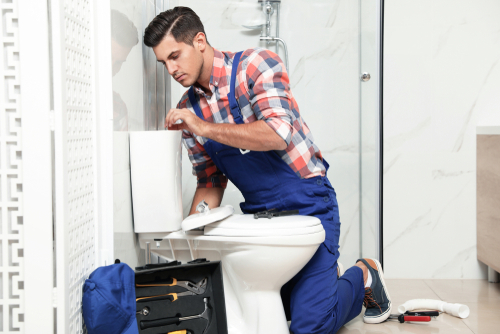If your kitchen sink faucet is running slow, the first thing to check is the aerator. This small, mesh screen is located at the end of the faucet and helps to regulate the flow of water. Over time, it can become clogged with mineral deposits and debris, causing the water to come out in a weak stream. To fix this, unscrew the aerator from the faucet and clean it out with a brush and vinegar. This should help to restore the flow of water.1. Check the aerator
If cleaning the aerator does not fix the slow flow, it may be time to clean the faucet itself. Over time, mineral deposits and grime can build up on the inside of the faucet, causing it to become clogged and reducing the water flow. You can use a toothbrush and vinegar or a specialized faucet cleaner to clean out the inside of the faucet. Be sure to also clean the aerator before reattaching it.2. Clean the faucet
If the water pressure in your home is low, it can affect the flow of water from your kitchen sink faucet. Check the water pressure at other faucets in your home to see if this is the case. If so, you may need to adjust the water pressure at your main water supply or install a booster pump to increase the pressure.3. Check the water pressure
If your kitchen sink faucet has a cartridge, it may need to be replaced if it is causing the slow flow. The cartridge is responsible for regulating the flow of water and can become worn out or clogged over time. Consult your faucet's manual or a plumber to determine if this is the issue and how to replace the cartridge.4. Replace the cartridge
If there are clogs in the supply lines leading to your kitchen sink faucet, it can cause the water to flow slowly. Check the supply lines for any kinks or clogs and clear them out if necessary. You can also try running hot water through the lines to help dissolve any built-up debris.5. Check for clogs in the supply lines
Some kitchen sink faucets have a flow restrictor that can be adjusted to increase or decrease the water flow. If your faucet has this feature, you may need to adjust it to increase the flow. Consult your faucet's manual for instructions on how to do this.6. Adjust the water flow
If all else fails, it may be time to replace your kitchen sink faucet. Over time, faucets can become worn out and no longer function properly, causing a slow water flow. Consider upgrading to a newer, more efficient model to improve the flow and functionality of your kitchen sink.7. Replace the faucet
In addition to causing a slow water flow, leaks can also waste a significant amount of water and increase your water bill. Check for any leaks in your kitchen sink faucet and repair them promptly to prevent further issues.8. Check for leaks
If you have recently turned off the water supply to your kitchen sink faucet, it is possible that the shut-off valves were not fully turned back on, causing a slow flow. Check the valves and make sure they are fully open to allow for proper water flow.9. Check the shut-off valves
If you have tried all of these solutions and are still experiencing a slow water flow from your kitchen sink faucet, it may be time to call a professional plumber. They can help diagnose the issue and provide a more permanent solution to improve the flow of water in your kitchen sink.10. Call a plumber
The Importance of Choosing the Right Kitchen Sink Faucet for Your Home
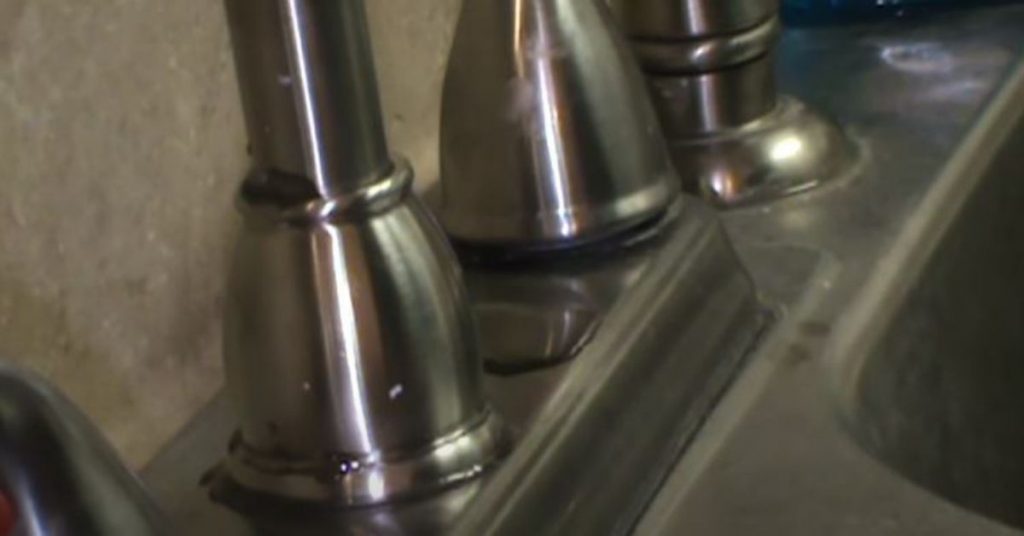
The kitchen is often considered the heart of a home, and as such, it is important to create a functional and aesthetically pleasing space. When designing your kitchen, one aspect that should not be overlooked is the kitchen sink faucet . Not only does it play a crucial role in everyday tasks such as washing dishes and filling pots, but it also adds to the overall style and design of your kitchen. However, if you find that your kitchen sink faucet runs slow , it can be frustrating and hinder your daily routine. Here are some factors to consider when choosing the right kitchen sink faucet for your home.

Functionality:

The first and most important factor to consider is the functionality of the faucet. It should be able to meet your daily needs and make tasks in the kitchen easier and more efficient. When choosing a faucet, consider the size of your sink and the height of the faucet. A large sink may require a longer spout reach, while a smaller sink may benefit from a more compact faucet. The height of the faucet should also be proportional to the sink and accommodate the size of the dishes you typically wash.
Style and Design:
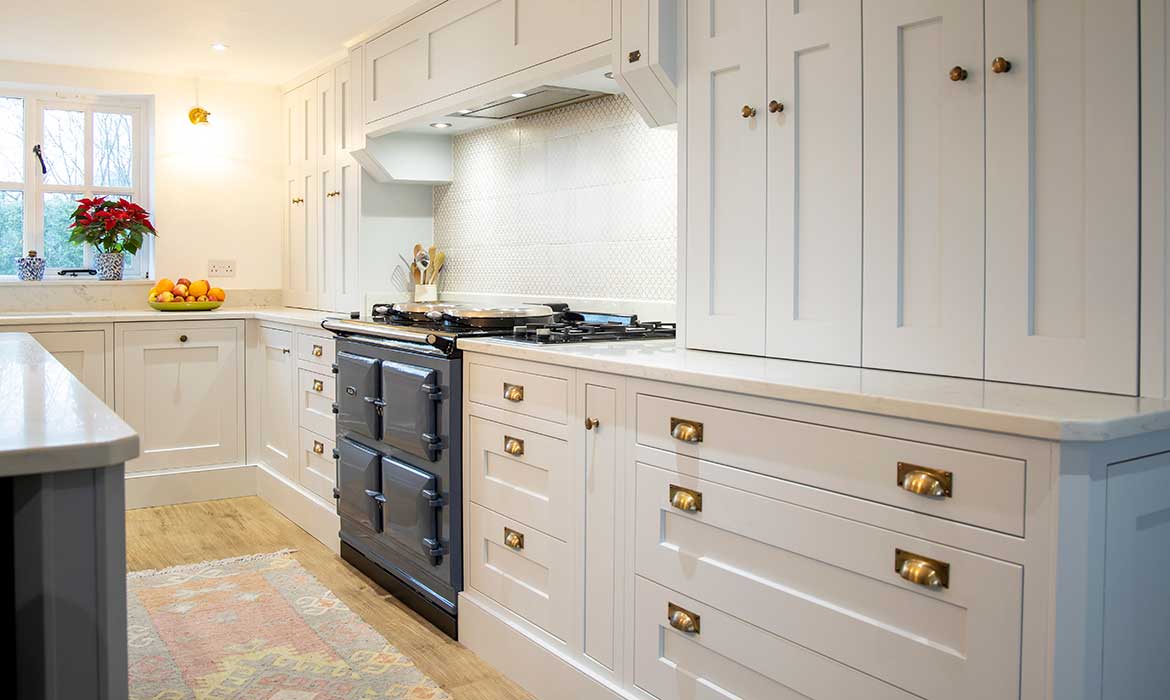
The kitchen sink faucet is not just a functional item, but it can also add to the overall design of your kitchen. There are various styles and designs to choose from, such as traditional, modern, and industrial. The finish of the faucet, whether it be chrome, stainless steel, or matte black, can also make a statement in your kitchen. Consider the style and design of your kitchen and choose a faucet that complements it.
Water Efficiency:

In today's world, being environmentally conscious is important, and choosing a water-efficient kitchen sink faucet can help reduce water usage and save you money on your water bill. Look for faucets with a low flow rate or those with a watersense label, indicating that they meet water efficiency criteria set by the Environmental Protection Agency.
Budget:

When it comes to kitchen sink faucets , there is a wide range of prices to fit any budget. However, it is important to keep in mind that a higher price does not always equate to better quality. Do your research and read reviews to find a faucet that not only fits your budget but also has good functionality and durability.
In conclusion, choosing the right kitchen sink faucet for your home is crucial in creating a functional and stylish kitchen. Consider factors such as functionality, style and design, water efficiency, and budget when making your decision. With the right faucet, you can transform your kitchen into a beautiful and efficient space.






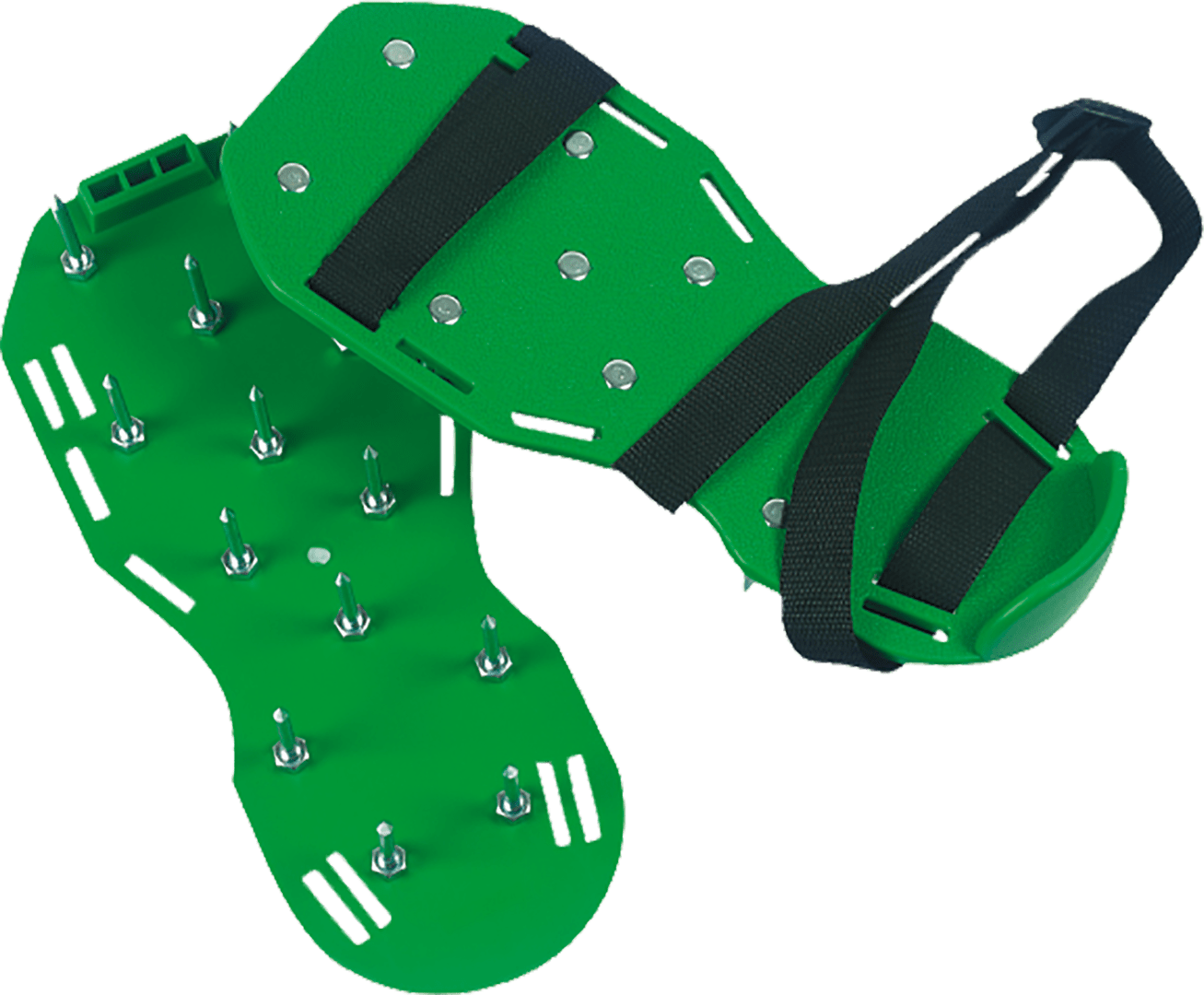




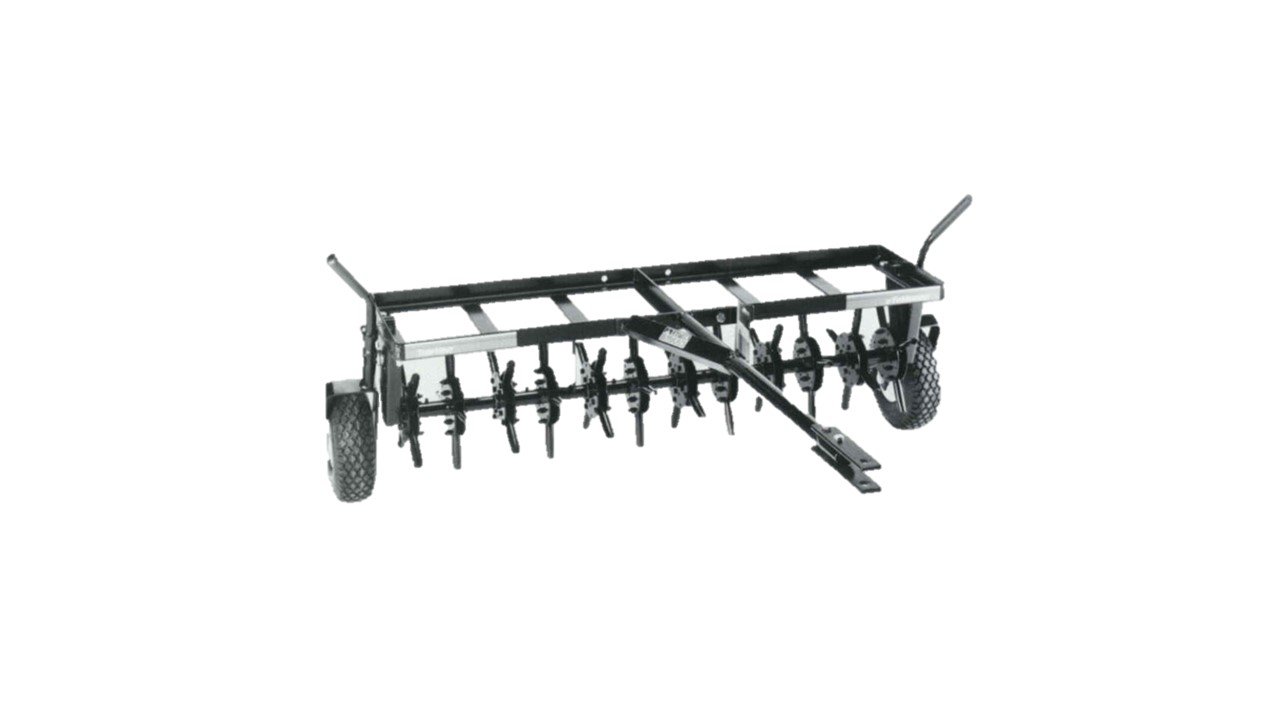
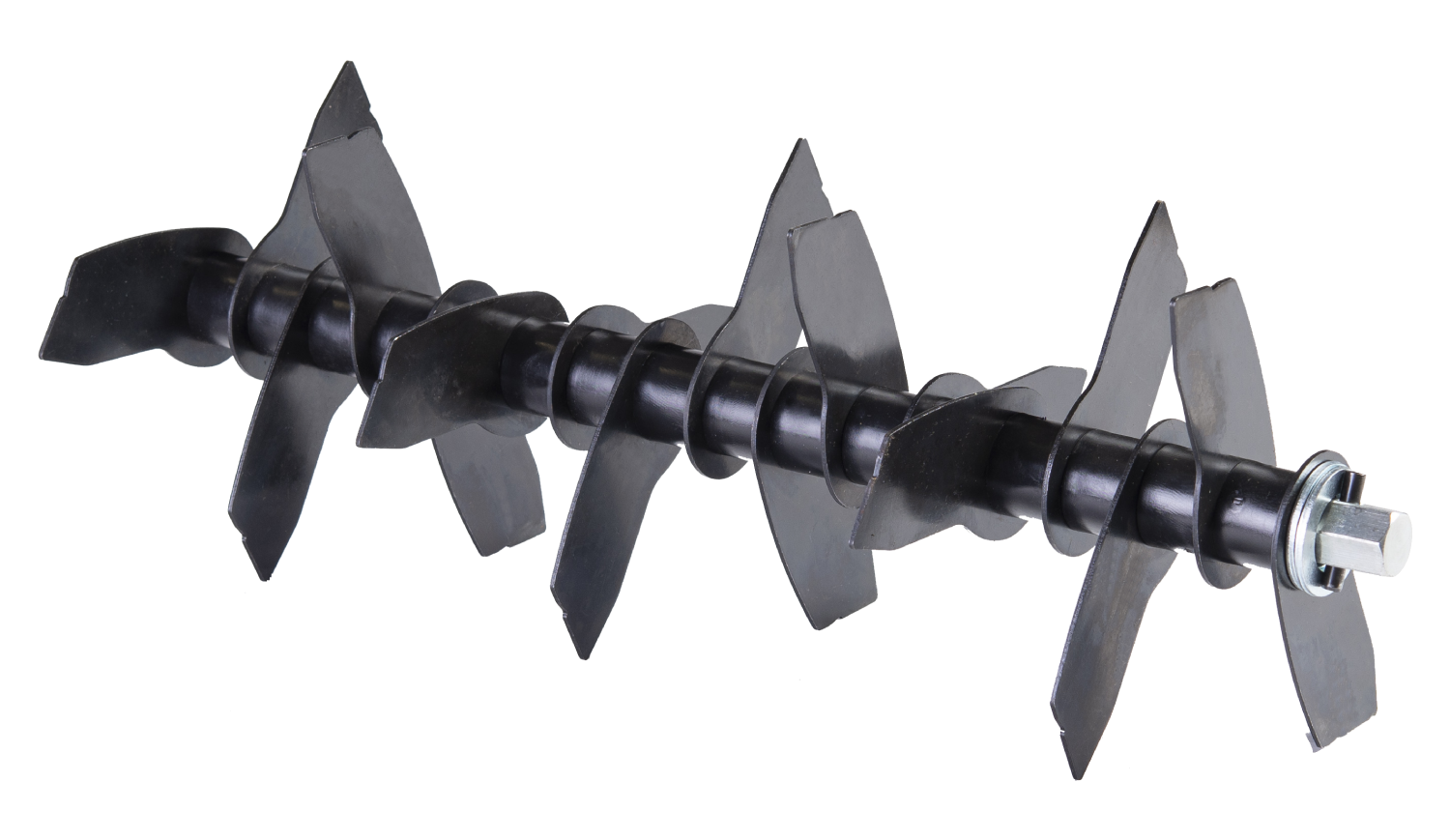
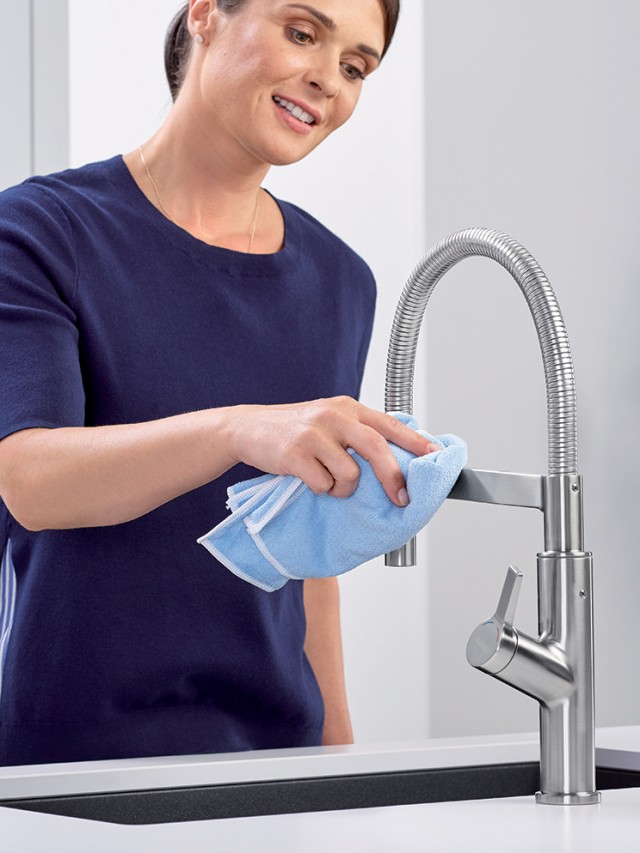
:max_bytes(150000):strip_icc()/ac2-56a73c5c5f9b58b7d0e81846.jpg)



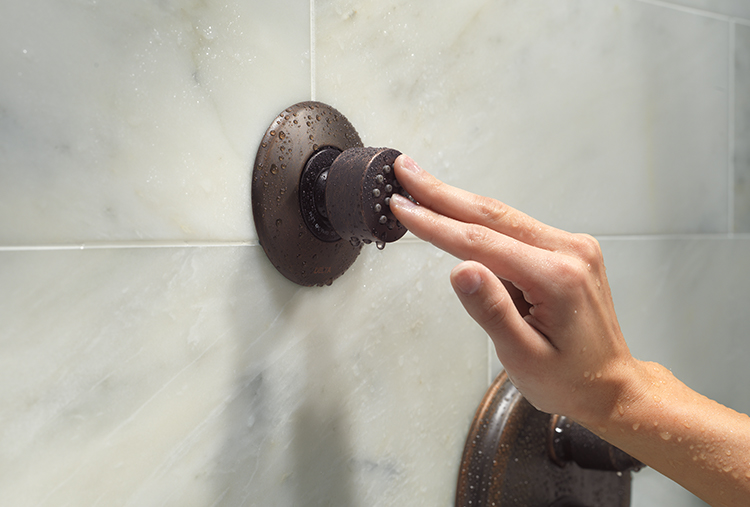



/RemovingAeratorAssembly-99881d30169b43cebc3fe72f6d4b25b9.jpg)





:max_bytes(150000):strip_icc()/the-men-s-hand-opens-the-ball-valve-on-the-collector-1006810456-5c5fc73fc9e77c000159c4af.jpg)


/testing-water-pressure-in-your-home-2718692-hero-98f45508ca5d44b6b551034ac5cedab5.jpg)
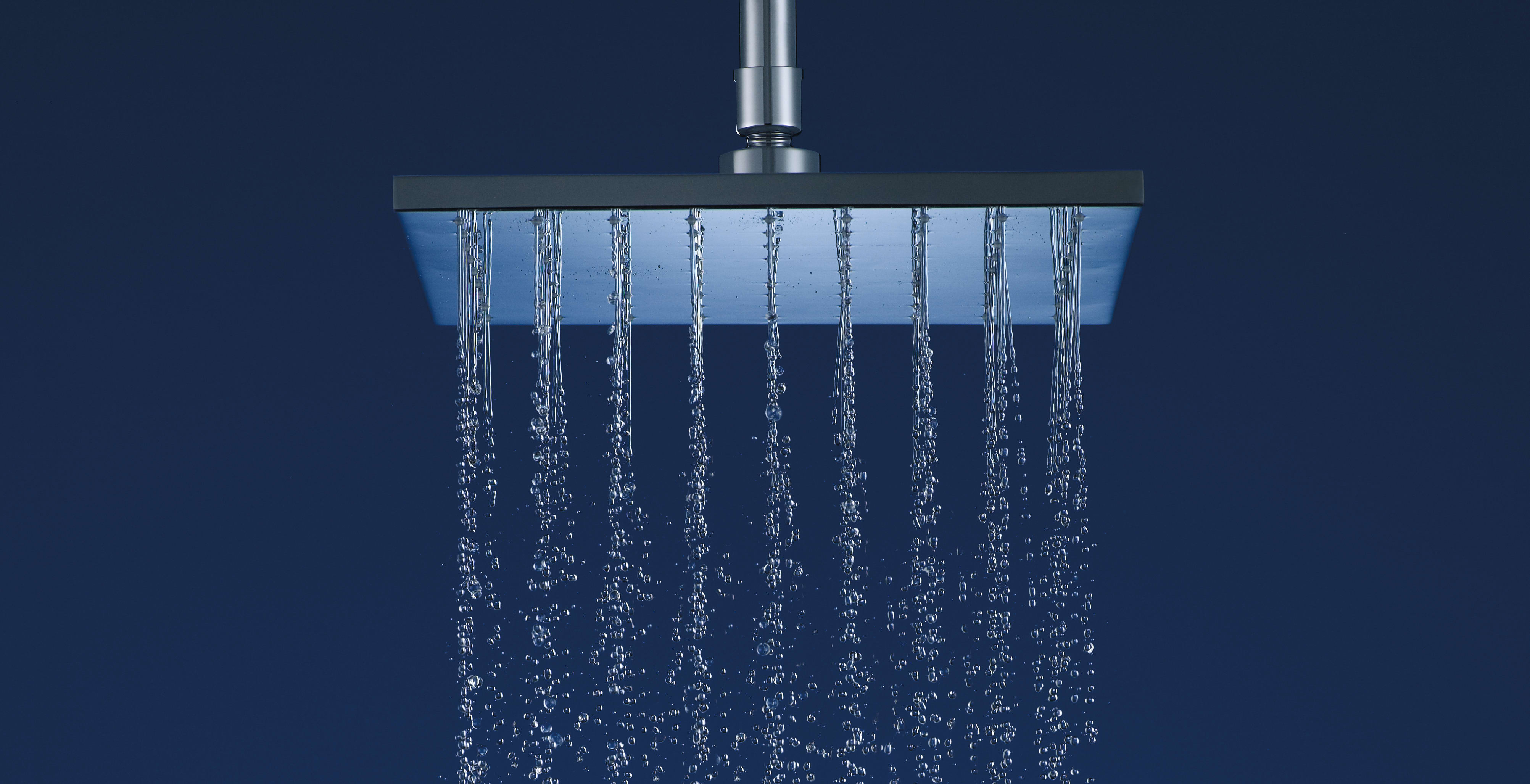
































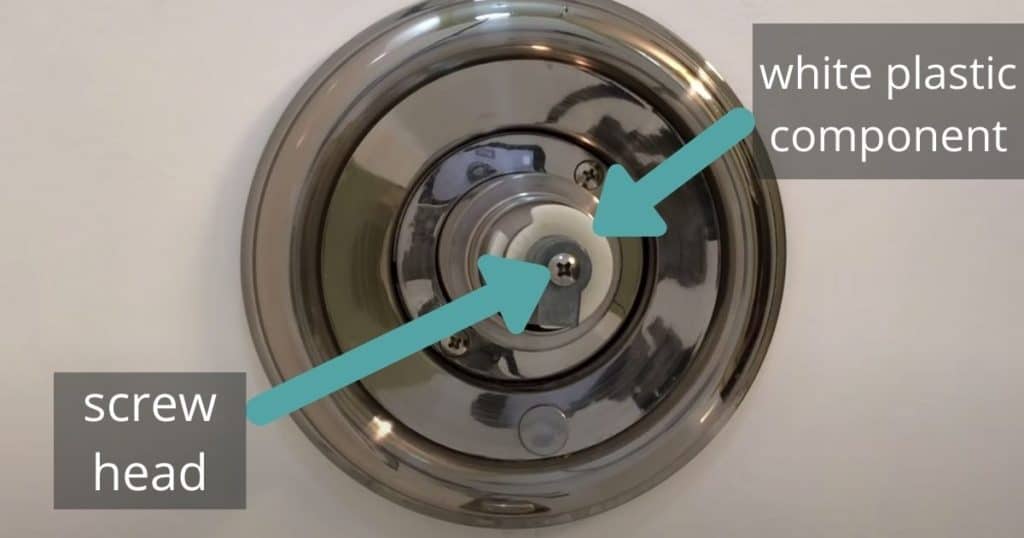




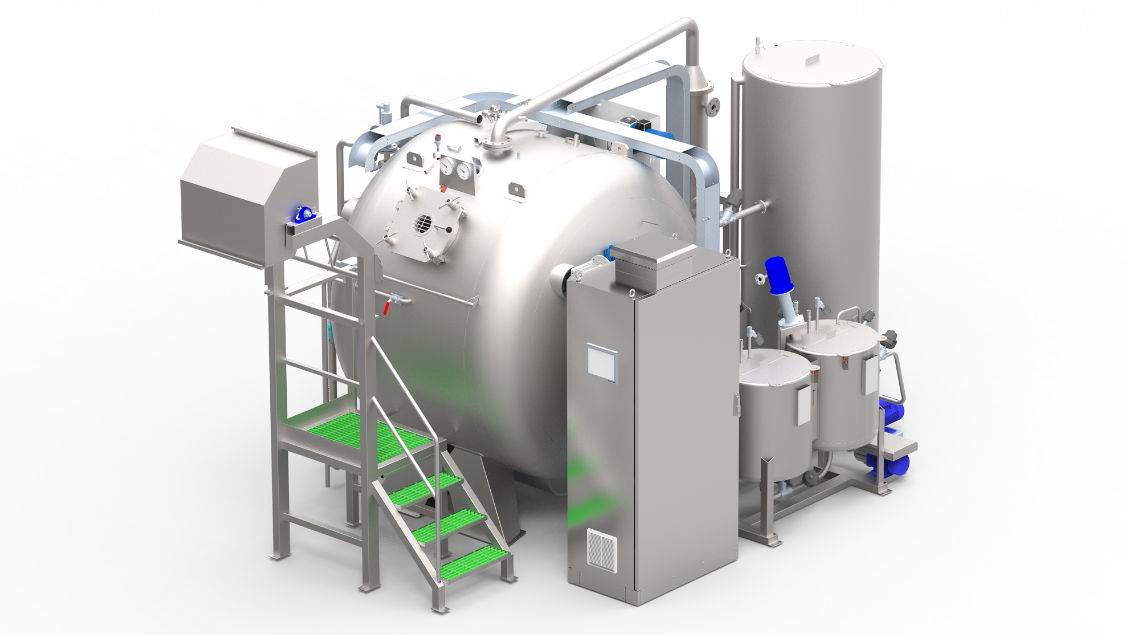
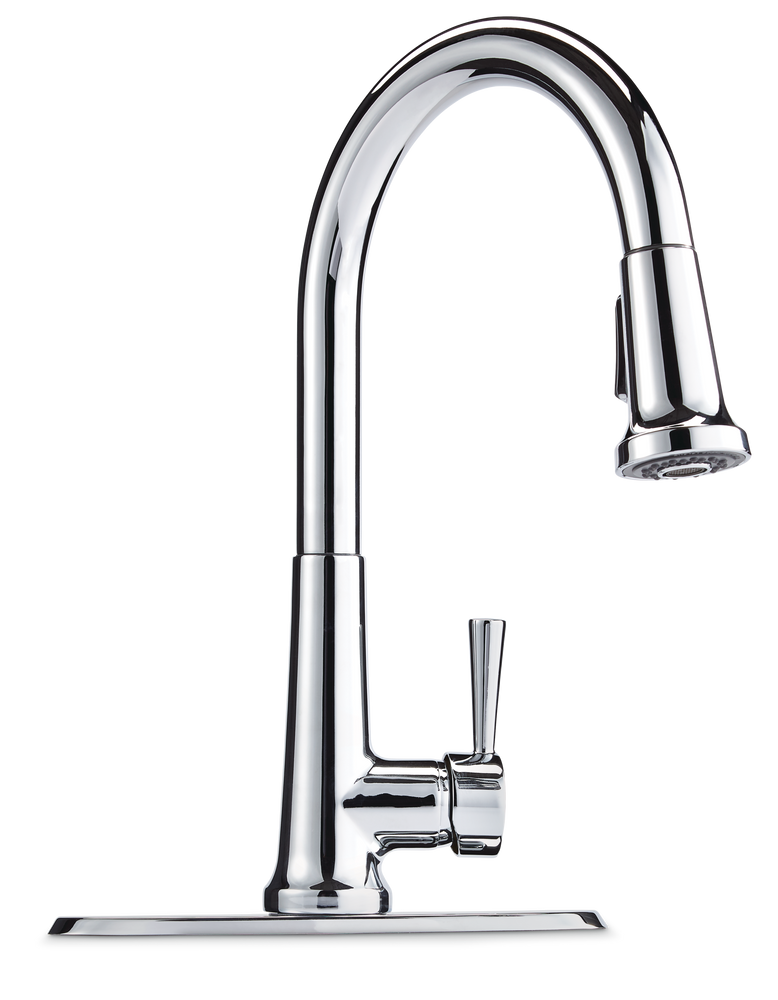



















:max_bytes(150000):strip_icc()/water-shut-off-valve-types-2718739-hero-fff0f5191aeb45d595492f8c9b4b4be2.jpg)
